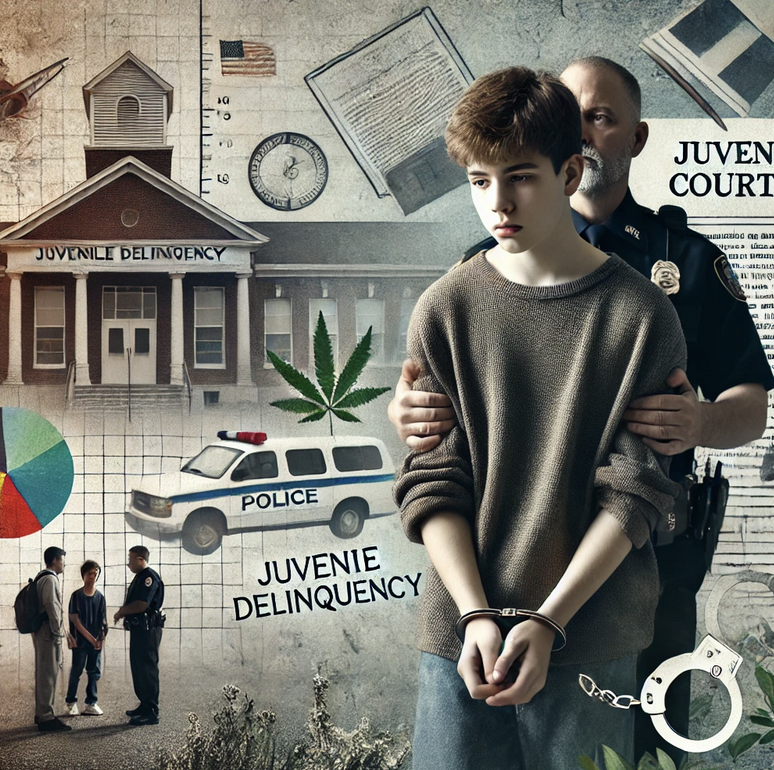Busting the Myth
It goes by different apothegms, “Past behavior is the best predictor of future behavior,” “A ticking time bomb,” “Old habits die hard”… Whatever form it takes, the idea is simple and generalized. That one who has committed an offense before is more likely to commit the same offense again.
It even has a fancy word “recidivism.”
The idea permeates the public space. Such that just about any average person on the street would accept that any juvenile arrested for a sex offense poses a significant or high (depending on who you converse with) public safety risk and would very likely be a sex offender in his or her adult years. It is a feeling that has been watered and nursed by the media and informal chatters. The fact is, that is not accurate. To prove the inaccuracy of the widely held public opinion, an authority figure on juvenile delinquency, Michael Caldwell went all in to ascertain the accurate risk estimate of a juvenile arrested for committing a sex offense. Caldwell, an academician at University of Wisconsin in Madison, took up the pedantic task of collecting and analyzing every study currently existing relating on juvenile sex offenders. The collection he amassed was not restrictive as it had published and peer-reviewed research as well as government studies.
Impressively, the collection had 88 data sets with a total individual (juvenile sex offender) count of 25,716. In his analysis, Caldwell found out that the data were remarkably consistent. The risk of an individual being arrested or convicted for a sex offense as an adult after committing a sex offense prior to age 18 is 5%. To put it simply, out of 100 juvenile sex offenders, only 5 would likely be arrested or convicted in their adult years for committing a sex offense.
Just as enlightening is Caldwell’s stance that risk the risk is highest in the immediate months that follow the last offense and plummets fast over time. This is tandem with current knowledge about adolescent immaturity. Like most juvenile delinquents, raging hormones, poor judgment, and poor impulse control also plague juvenile sex offenders. Therefore, juvenile sex offending is one part of a broader pattern of general delinquency. Other manifestations of this pattern include fighting, stealing, drug use, truancy, and rule breaking. An even more interesting find was that most adult sex offenders were never part of the juvenile sex offender pool initially. Thus, in a way, most juveniles who commit sex offenders are not pedophiles in the making or preferential rapists—they actually are just kids that are screwed-up.
Understanding the Reality
Now, owing to the fact that majority of young people who have a brush with the law tend to ease up, cease offending, and settle nicely into the community when they become adults; the whole concept of a “juvenile sex offender” category as distinct does not appear to hold water. Even better, many scholars of delinquency agree. One such scholar is Amanda Fanniff. Fanniff is an esteemed member of the Juvenile Forensic Research Group at Palo Alto University. When she sought to identify any uniqueness of juvenile sex offenders when compared with other delinquent boys, she didn’t find much. Dr. Fanniff used the Pathways to Desistance project, which has federal funding. It is a large-scale, longitudinal, and multi-site study of serious juvenile offenders in Pennsylvania and Arizona.
When she sought to distinguish the 127 boys who had committed sex offense from the 1021 boys who had committed serious non-sexual offenses based on measurable factors such as school problems, antisocial history, parental pathology, or deviant peers; findings were similar. The interesting stuff began to pop out when she dug deeper into the follow-up periods. These periods average about seven years. Interestingly, juveniles who had committed sexual offense had lower risk compared to other delinquents to commit either sex or non-sexual crimes in the future. In sheer numbers, those who committed sex crimes as adults but were not juvenile sex offenders were more than those who committed sex crimes as adults and were juvenile sex offenders. Fanniff tracked 1,148 boys, 10 juvenile sex offenders and 29 general delinquents committed a sex offense during the average 7-year follow-up period. Owing to these findings, Fanniff advises that treatment programs proven to work for delinquents, for example multisystemic therapy. This is better than focusing too heavily on specific sex offender treatment that have an uneven track record and may sometimes be counterproductive. Conclusively, the reality to understand is that it is extremely hard to identify, with an impressive degree of accuracy, a juvenile sex offender who will re-offend.








